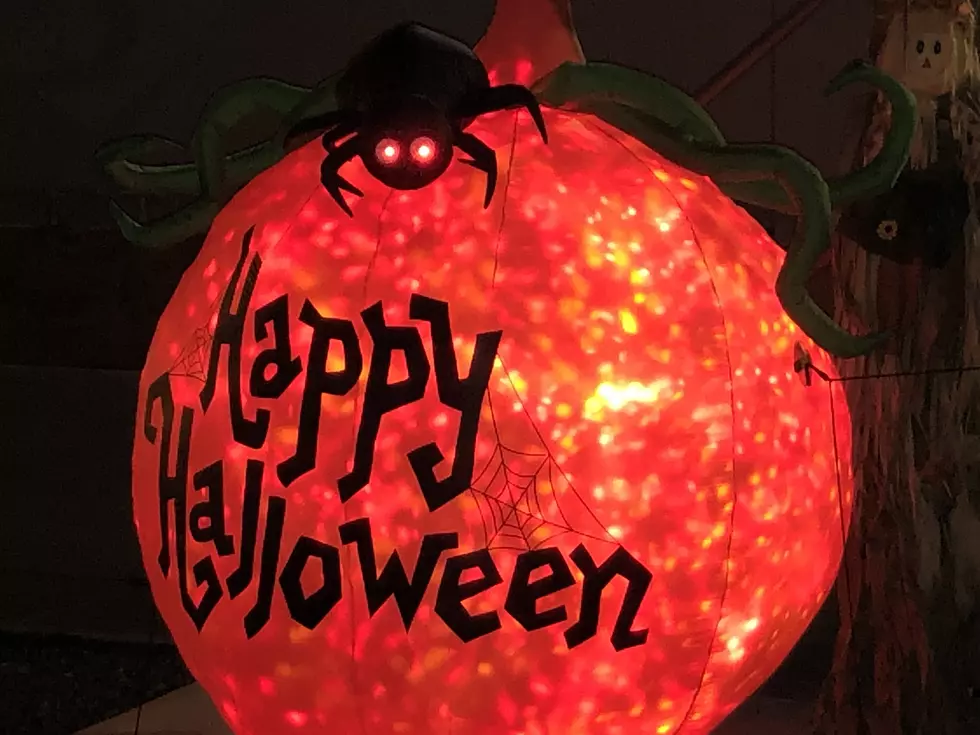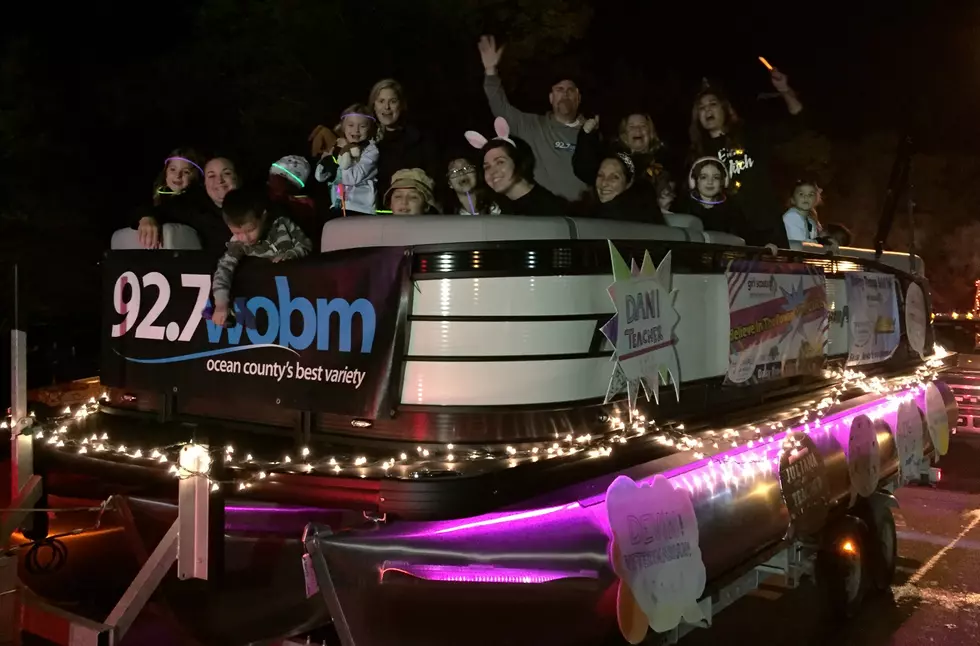The eight things you didn’t know about Halloween
We all have our favorite parts of Halloween but do we know how these traditions and even the holiday itself came to be?
There are many spooktacular things about Halloween but here are eight things you may not have known about the holiday from supervising librarian with the Ocean County Library System, Kate Sanchez and her outstanding research.
History of Halloween:
1. The Holiday
- Halloween as we know it stems from an ancient Celtic tradition where people would celebrate the summers end. They also believe it's the time of the year where our world interacted with the next world. "This was a timer when the spirits could crossover and they celebrated the good spirits and tried to ward off the bad spirits by wearing costumes," Sanchez said. "They would also sacrifice vegetables into bonfires."
- Halloween is translated to "hallowed evening," and was known to early European celebrators as All Hallows' Eve (October 31) and All Saints' Day (November 1) both of which paid homage to saints ("hallows" = saints). The name was eventually shortened to "Halloween."
- As immigrants made their way to America, they brought their traditions with them. "Halloween was celebrated on that date (October 31) and when the Irish immigrants as well as all the other immigrants arrived here, it landed on that day," Sanchez said. She also shared with us that the very first American colonial Halloween celebrations featured large public parties to commemorate the upcoming harvest, tell ghost stories, sing and dance.
Halloween Traditions:
2. Bobbing for Apples
- This is a combination of a few traditions.
- It's also a game of love or a courting ritual where Women in England would bob for apples which marked potential suitor's names.
- "We have the bobbing of apples from England which was more of something for people to find their suitor's," Sanchez said. "The names of the suitor's would be put on the apples and the women would bob for apples and hope that they got the suitor that they were looking for."
3. Jack-O-Lanterns
- This is also a Celtic tradition, Sanchez explains, where familiar spirits were part of their autumnal celebration, they wanted to light the way to their homes for the good spirits, so they carved faces into vegetables such as turnips and squash.
- "A gentleman named Jack was forbidden to go to the afterlife, so he had to travel the world for all of eternity with a carved turnip as a lantern, so hence the name Jack-O-Lantern," Sanchez said. "Depending on where we're talking about, it was a different root vegetable. The Irish had potatoes, the English were using beets and when they came over to the United States, they said 'that's exactly what we need' and it transitioned to a pumpkin."
4. Hay Rides...Family Friendly and Haunted
- Sanchez explains that hayrides originally began as a celebration in agricultural settings at the end of the hay season more than one century ago. At the end of the day’s work, they would throw loose hay into the back of a trailer and ride around as a type of social activity, perhaps even a matchmaking event.
- "It's an agricultural tradition where, at the end of the harvest, people would celebrate all the hard work that they did and travel around as a social gathering and just hang out in the back of a hay bale with horse drawn carriages back then," Sanchez explained.
- Haunted Hayrides though are a relatively newer experience going back a mere couple decades to the 1980's and 1990's. One of the oldest haunted hayrides is the Double M Haunted Hayride in upstate New York, which began more than 25-years ago.
- "Within recent years it became something spooky," Sanchez said. "The aspect of the scary portion is relatively new but the celebration of the harvest is where it all originated."
5. Trick or Treating & Costumes
- Sanchez explains that many people were said to dress up as saints and recite songs or verses from door to door. Children would also go from door to door asking for "soul cakes," a treat similar to biscuits.
- "(Trick or Treating) was created to either invite in the good spirits or to repel the bad spirits," Sanchez said. "The costumes could get a little scary to ward off the bad spirits from coming into the home."
- Trick or Treating as we know it today became mainstream in the U.S. in the early to mid-1900's.
- "Trick-Or-Treating was a way for the less fortunate to visit the wealthy families in England in the 1800's and they would come around and say 'if you give me a treat, a biscuit or something along those lines, I won't come and vandalize your home later on.' It's really based on the spirit world being related to the human world."
6. Scary Movies & Haunted Attractions
- Sanchez explains that haunted attractions became more popular between the late 1960's and early 1970's.
- Scary movies, meanwhile, have been popular over the course of time dating back to 1896. Locally, Sanchez explains that The Ocean County Library’s Bishop Building in Toms River as well as Washington Street was part of the setting of the 1979 Amityville Horror movie where James Brolin is seen wandering the library seeking books on the paranormal.
7. Mischief Night
- Mischief Night is one of those 'only in Jersey' kind of things with the exception of Delaware and around Philadelphia, according to Sanchez. It started from the aforementioned Celtic traditions and had a similar concept to trick or treating. "Some of it (Mischief Night) came about that 'if you don't give us a treat, the mischief is going to ensue'," Sanchez said. "The term 'Mischief Night' is a Jersey term."
- Sanchez said that researchers have also found that Mischief Night dates back to at least the 1790's in England and became a once-a-year opportunity for people to rebel and blow off steam.
- In England though, Mischief Night follows Halloween on November 4, rather than preceding it.
8. Toms River Fire Company Halloween Parade
- The very first of what is now the second largest Halloween Parade in the world, (behind Greenwich Village), began in 1919 with nearly 600 participants. "We would be celebrating the 100th parade this year (2019), however it did miss a couple years for World War II and in 2012 due to Superstorm Sandy," Sanchez said. "The first prize at the first parade was a Ford Touring Car."
- In 2001 the parade got a new route as we know it to be today and it now it has over 6,000 participants.
However you celebrate or scare yourself around Halloween, enjoy the fun and thrills that come along with it.
Happy Halloween everyone!
More From 105.7 The Hawk








